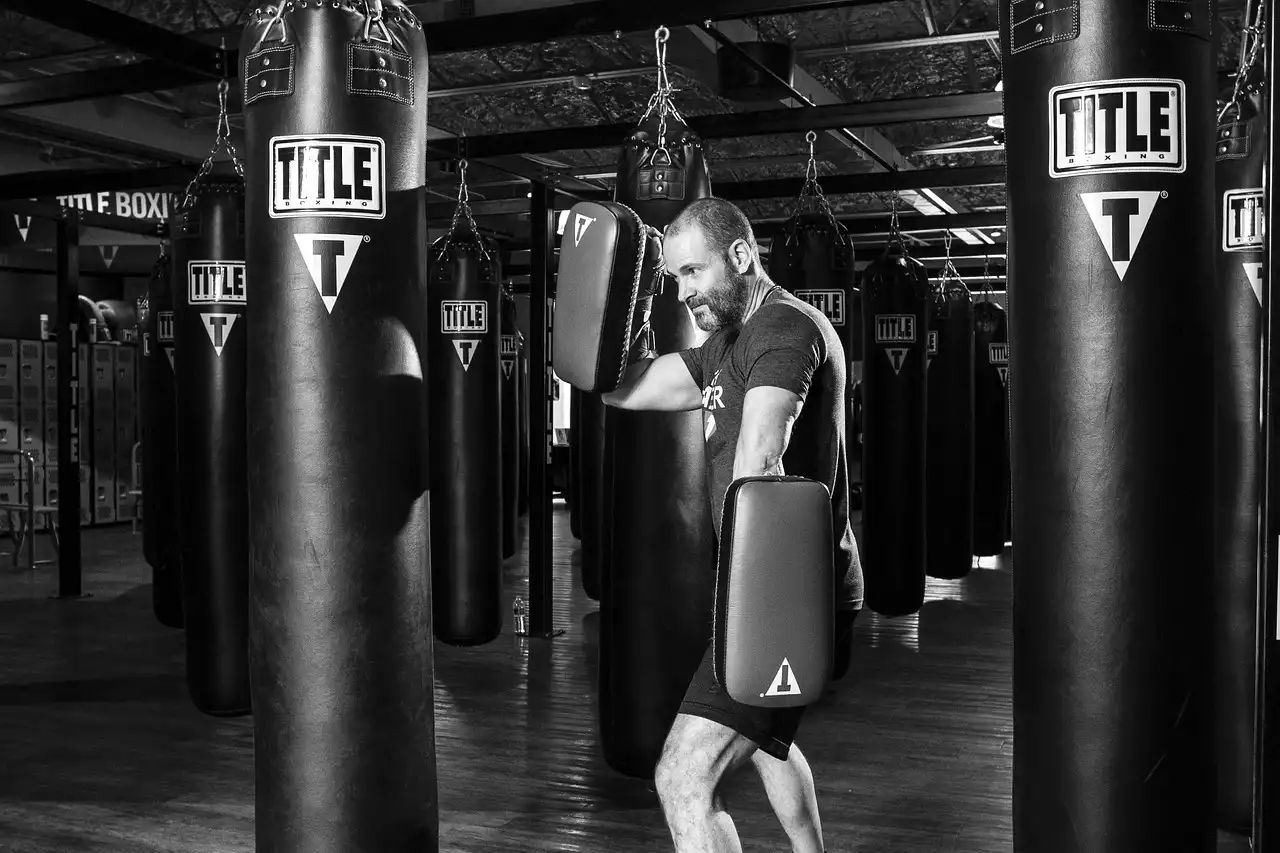Importance of Choosing the Right Kickboxing Gloves
Kickboxing gloves play a crucial role in the sport of kickboxing. They protect your hands from injury, providing cushioning and support during training and sparring sessions. They also help improve your performance by providing a better grip, absorbing shock, and reducing the impact of your strikes.
Wearing the wrong pair of kickboxing gloves can lead to injuries, pain, and discomfort. For example, bag gloves are not suitable for sparring sessions as they provide less padding and protection. Likewise, competition gloves are not ideal for training sessions as they are less comfortable and do not provide enough cushioning.
Choosing the right pair of kickboxing gloves can make a significant difference in your performance, safety, and overall experience of the sport.
What oz gloves should I use? How to Pick Boxing Glove Weight
Types of Kickboxing Gloves
Kickboxing gloves come in different types, each designed for a specific purpose. Here are the most common types of kickboxing gloves:
Bag Gloves
Bag gloves are designed for punching bags and focus mitts. They provide less padding and protection than other types of gloves, making them unsuitable for sparring sessions. However, they are ideal for improving your punching technique, speed, and accuracy.
Bag gloves are usually lighter in weight and have an open-palm design, allowing you to grip and feel the bag better. They also provide ventilation, keeping your hands cool and comfortable during training sessions.
The Gloves You Didn't Know You Needed | The Old School Bag Glove
Training Gloves
Training gloves are suitable for training sessions, including pad work, bag work, and light sparring. They provide more protection and padding than bag gloves, making them ideal for beginners and intermediate-level kickboxers.
Training gloves are usually heavier than bag gloves, providing more cushioning and support. They have a closed thumb design, protecting your thumb from accidental hits and sprains. They also have a snug fit, providing better wrist support and reducing the risk of injuries.
Should you Wear Gloves for Training?
Sparring Gloves
Sparring gloves are designed for heavy sparring sessions, providing maximum protection and padding. They are ideal for experienced kickboxers who engage in full-contact sparring sessions.
Sparring gloves are usually heavier than training gloves, providing more cushioning and protection. They have thick padding around the knuckles and back of the hand, reducing the impact of your strikes. They also have a closed thumb design, protecting your thumb from accidental hits and sprains.
TOP 10 BOXING SPARRING GLOVES 2022!
Competition Gloves
Competition gloves are designed for professional kickboxing matches, providing minimal padding and protection. They are usually lighter in weight and have a sleek design, allowing for faster and more accurate strikes.
Competition gloves are not suitable for training or sparring sessions as they provide less cushioning and protection. They are also less comfortable and may cause pain and discomfort during extended training sessions.
Competition Gloves in Training | TITLE Boxing | Benefits of Training with Amateur Competition Gloves
Materials Used in Kickboxing Gloves
Kickboxing gloves are made from different materials, each with its advantages and disadvantages. Here are the most common materials used in kickboxing gloves:
Leather
Leather is the most popular material used in kickboxing gloves. It is durable, comfortable, and provides excellent cushioning and support. Leather gloves also have a natural feel, allowing for better grip and control during training and sparring sessions.
Leather gloves are more expensive than synthetic gloves, but they are worth the investment as they last longer and provide better quality.
Synthetic Leather
Synthetic leather is a cheaper alternative to real leather. It is made from a combination of synthetic materials, providing a similar feel and look to real leather. Synthetic gloves are durable, lightweight, and provide good cushioning and support.
Synthetic gloves are a good option for beginners or those on a budget. However, they may not last as long as real leather gloves and may not provide the same level of comfort and quality.
Vinyl
Vinyl gloves are the cheapest option and are usually used for bag work or light training sessions. They are lightweight, comfortable, and provide minimal padding and support.
Vinyl gloves are not suitable for sparring sessions or heavy bag work as they do not provide enough cushioning and protection. They are also less durable than leather or synthetic gloves and may tear or wear out quickly.
Padding and Weight Considerations for Kickboxing Gloves
The padding and weight of kickboxing gloves are important factors to consider when buying a pair. The padding provides cushioning and protection, reducing the impact of your strikes and preventing injuries. The weight of the gloves affects your speed and agility, as well as the level of protection they provide.
Padding
The padding of kickboxing gloves is measured in ounces, with heavier gloves providing more protection and cushioning. The most common padding weights for kickboxing gloves are 10 oz, 12 oz, 14 oz, and 16 oz.
Bag gloves usually have less padding, with weights ranging from 6 oz to 10 oz. Training gloves have more padding, ranging from 12 oz to 16 oz. Sparring gloves have the most padding, ranging from 16 oz to 18 oz.
When choosing the padding weight, consider your experience level, training intensity, and sparring frequency. Beginners and intermediate-level kickboxers should opt for heavier gloves with more padding. Advanced-level kickboxers can choose lighter gloves with less padding.
Weight
The weight of kickboxing gloves affects your speed, agility, and the level of protection they provide. Lighter gloves provide more speed and agility, but less protection. Heavier gloves provide more protection, but less speed and agility.
Bag gloves are usually lighter in weight, ranging from 6 oz to 10 oz. Training gloves are heavier, ranging from 12 oz to 16 oz. Sparring gloves are the heaviest, ranging from 16 oz to 18 oz.
When choosing the weight of your gloves, consider your training goals, experience level, and sparring frequency. If you want to focus on speed and agility, choose lighter gloves. If you want to focus on protection and cushioning, choose heavier gloves.
Size and Fit
Choosing the right size and fit for kickboxing gloves is essential for comfort, support, and protection. Ill-fitting gloves can cause discomfort, and pain, and increase the risk of injuries. Here's how to measure and choose the right size of kickboxing gloves:
Measuring Your Hand
To measure your hand for kickboxing gloves, wrap a tape measure around your dominant hand, just below the knuckles. Make a fist and note the measurement in inches. Use the following chart to determine your glove size:
- 6-8 oz gloves: small hand size (6-7 inches)
- 10-12 oz gloves: medium hand size (7-8 inches)
- 14-16 oz gloves: large hand size (8-9 inches)
- 18 oz gloves: extra-large hand size (9 inches or more)
Choosing the Right Fit
When trying on kickboxing gloves, make sure they fit snugly around your hand, without any gaps or looseness. The glove should be comfortable, but not too tight or restrictive. You should be able to make a fist easily, with your fingers touching the tip of the glove.
Try the gloves on with hand wraps, as this will affect the fit of the glove. Make sure the wrist strap is secure and provides enough support to prevent injuries.










